Hubble At 25: From The Pillars Of Creation To Jupiter's Great Red Spot, The Space Telescope Has Captured It All
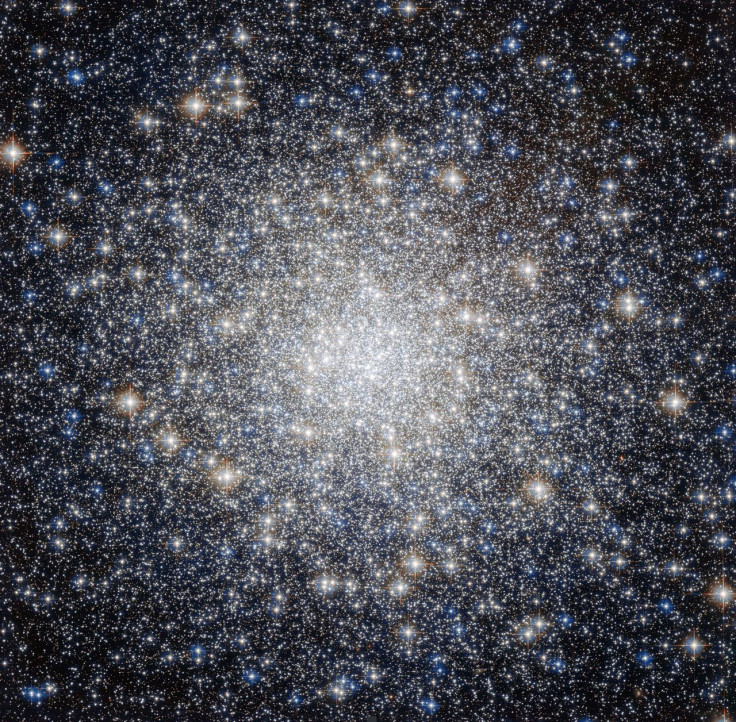
The Hubble Space Telescope, which was launched into orbit on April 24, 1990, has spent 25 years exploring the universe and it continues to impress. Hubble's photos have been used to better understand what's going on in our galaxy and in the early universe. From planets to nebulae, Hubble has taken so many incredible photos. Here's just a small sample of what Hubble has been up to for over two decades.
Planets
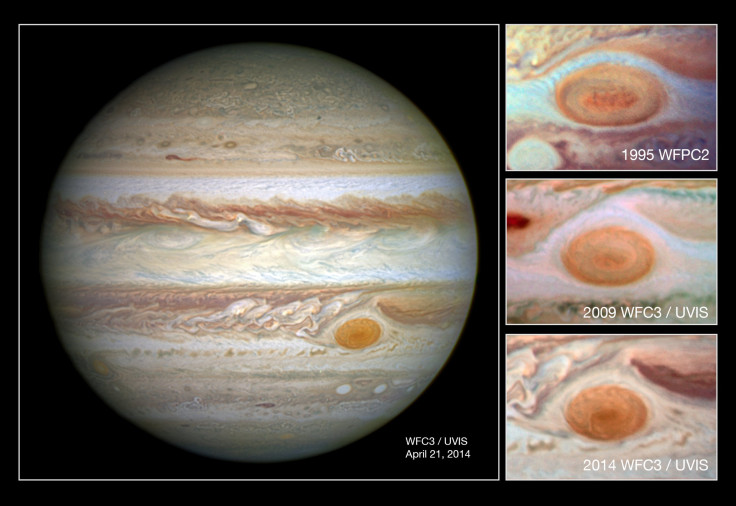
Hubble may be known for its flashy photos of star clusters and detailed glimpses into galaxies, but the space telescope also is really good at taking photos of planets. Hubble's photos of Jupiter have been used to track the growth of the planet's Great Red Spot over 10 years and the dancing auroras seen at the gas giant's poles.
Hubble also has snapped portraits of Venus, Uranus, Neptune, Mars and Saturn. The space telescope also has produced images of Pluto -- which got demoted to dwarf planet after Hubble was launched -- and one of the photos led to the discovery of a fifth moon orbiting it.
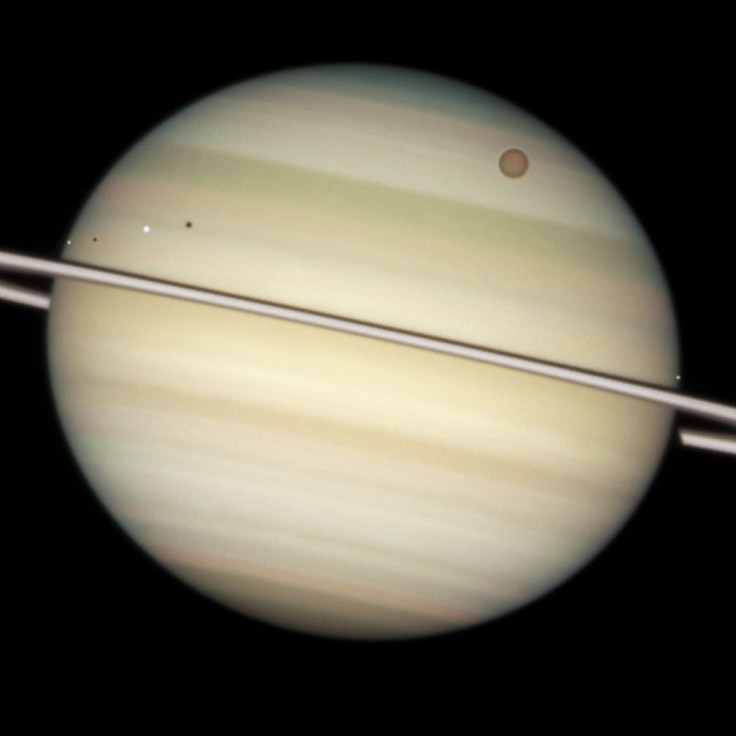
Black Holes, Supernovas And More
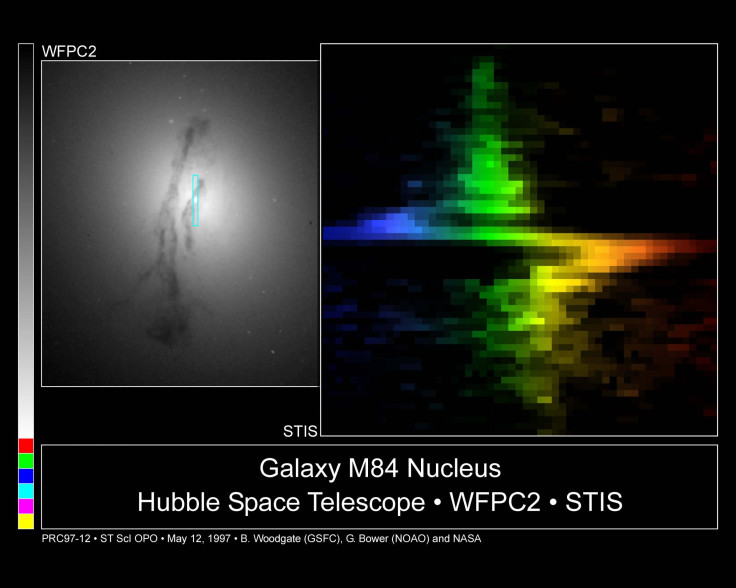
Hubble also helps solve cosmic mysteries. Astronomers used a photo of the galaxy M84 to trace the motions of gas being pulled by the supermassive black hole at the center of the galaxy. Data from Hubble's Space Telescope Imaging Spectrograph (STIS) was used to measure the speed of the gas moving around near the black hole. Astronomers then used the speed of the gas -- around 880,000 miles per hour -- to calculate the mass of the black hole, around 300 million solar masses. The supermassive black hole at the center of the Milky Way -- Sagittarius A* (Sgr A*) -- weighs in at 3 million solar masses. Hubble also has captured photos of quasars -- "intensely powerful centers of distant, active galaxies, powered by a huge disc of particles surrounding a supermassive black hole" -- supernovas and the remnant structure left behind the death of a star.
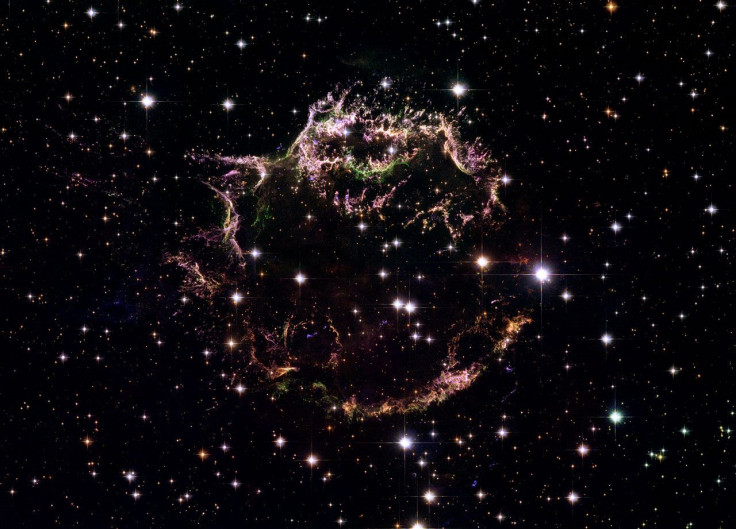
So Many Stars And Galaxies
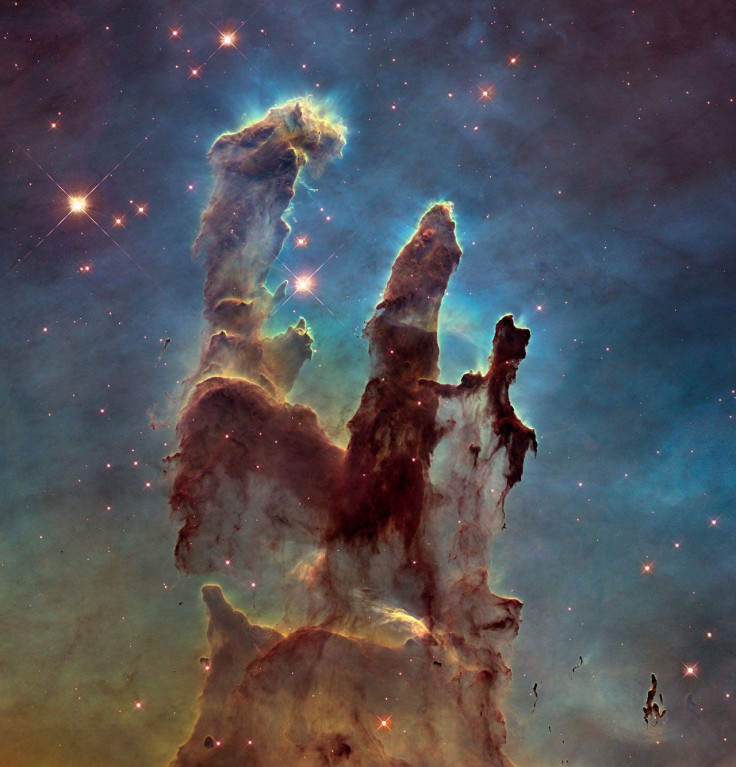
Hubble has changed how we view the universe, but it's easy to forget that when you're busy staring at the incredible images of stellar nurseries and galaxies. The official Hubble 25th anniversary image of Westerlund 2 is teeming with stars.

Galaxies are another popular subject for Hubble. The space telescope has captured ancient galaxies, used galaxies as a magnifying lens to peer deep into the early universe, and snapped photos of interacting galaxies.
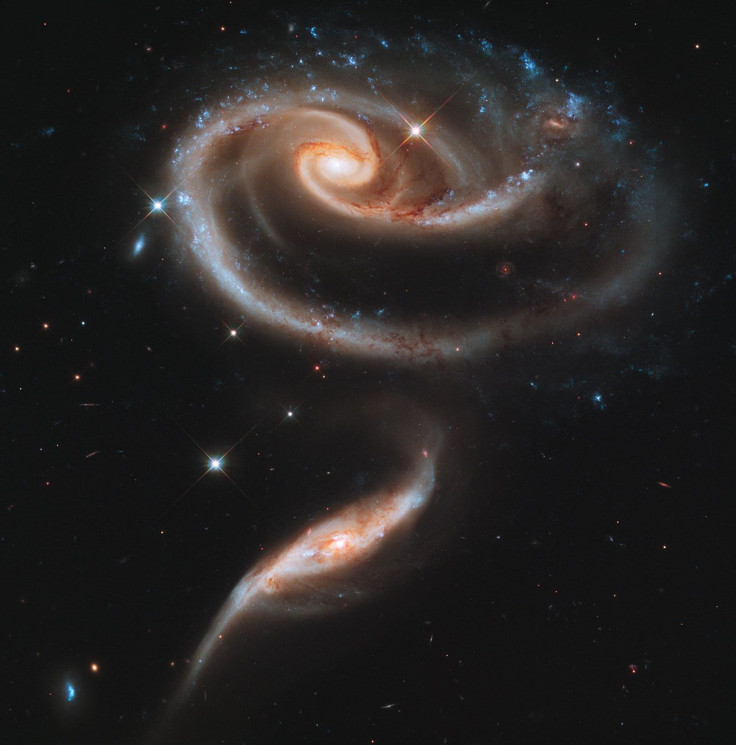
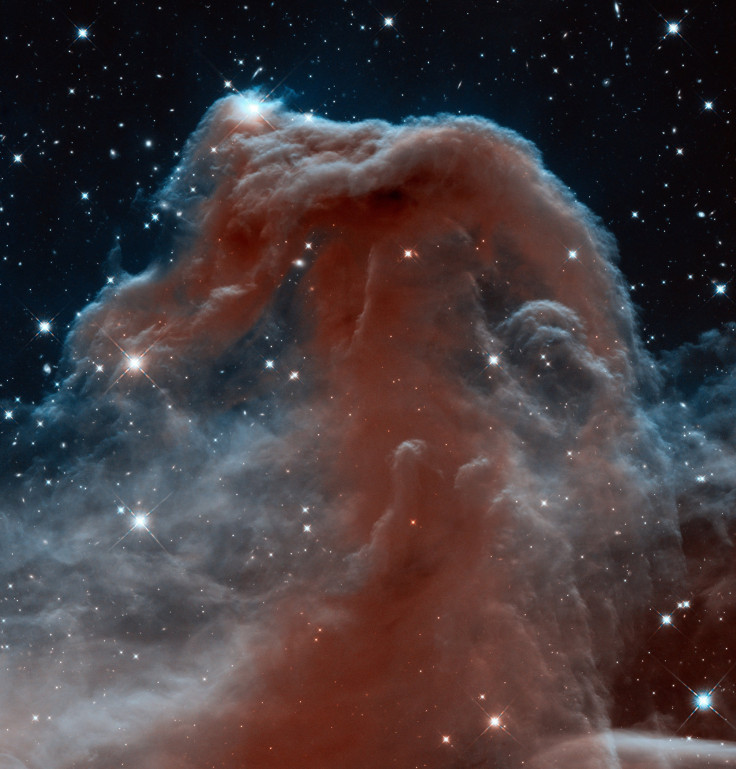
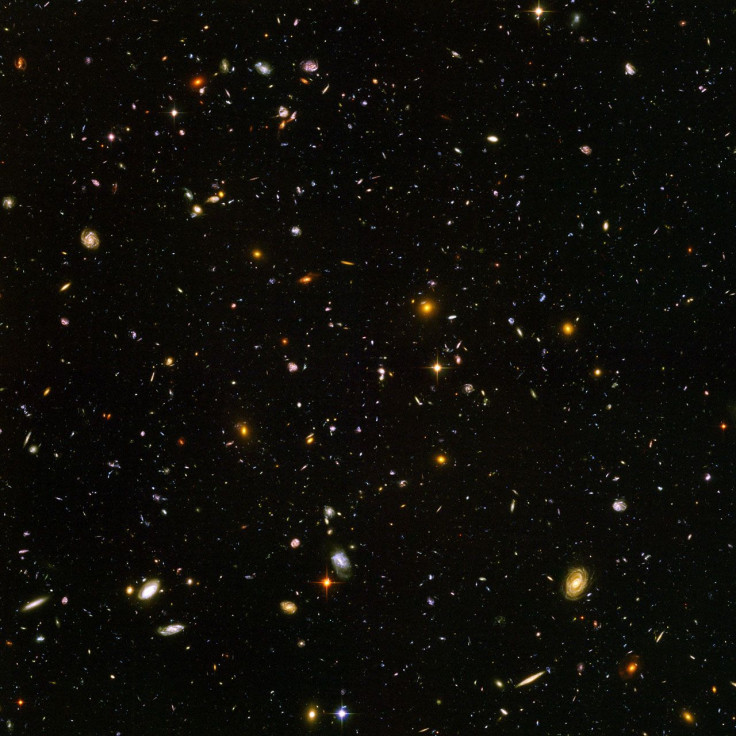
Perhaps the coolest thing of late has been the fly-throughs into Hubble's images. Flying through Westerlund 2, the Antennae Galaxies or a 3D fly-through of the Orion Nebula gives you a better understanding of the detail captured by Hubble.
While Hubble will be remembered for its vast contributions to astronomy, the space telescope soon will make way for the James Webb Space Telescope. NASA will launch the new instrument in 2018. The JWST will have a primary mirror with a diameter of 6.5 meters -- Hubble's primary mirror has a diameter of 2.4 meters -- and will explore the very early universe.
© Copyright IBTimes 2024. All rights reserved.




















